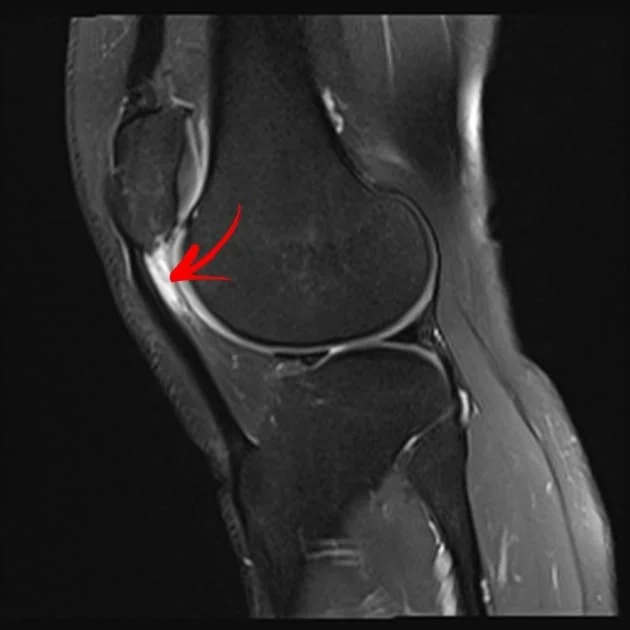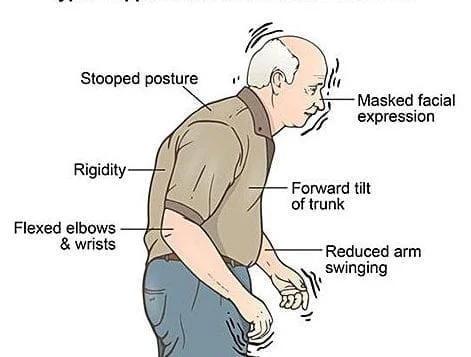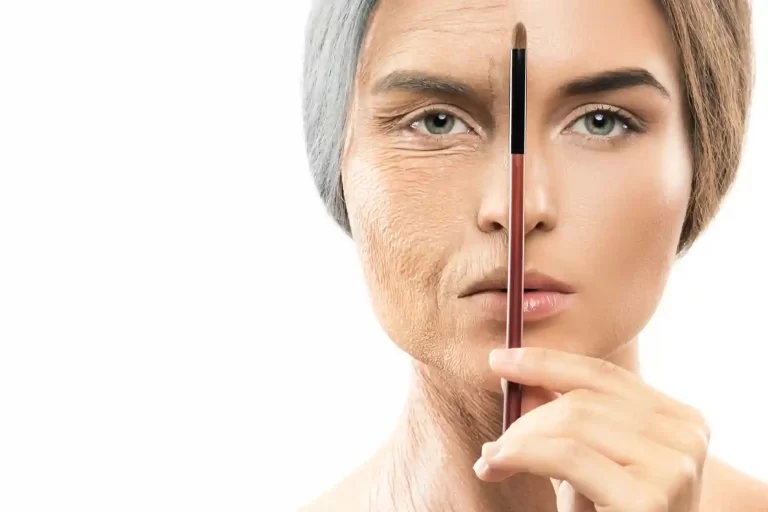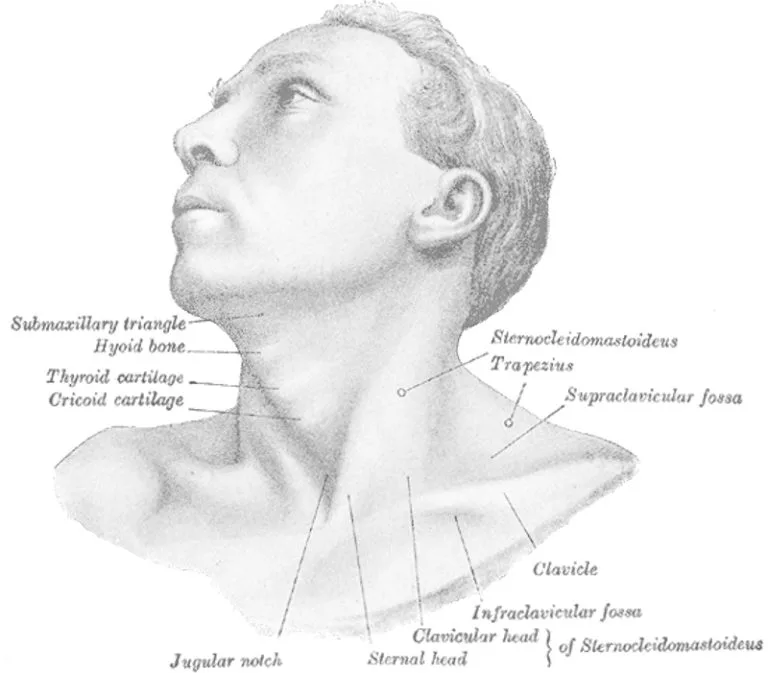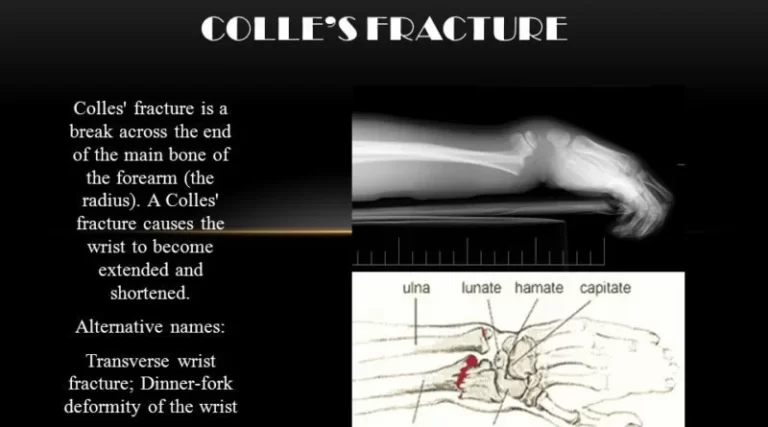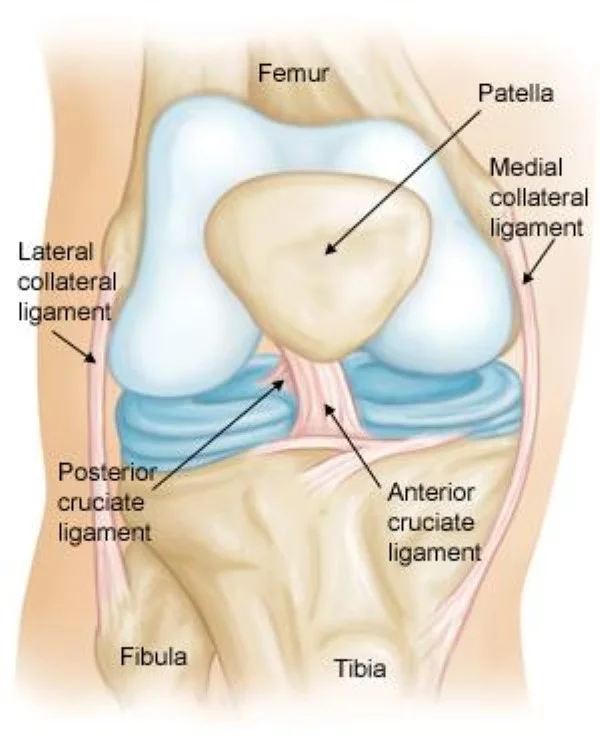Patellar Tendon-Lateral Femoral Condyle Friction Syndrome
What is Patellar Tendon-Lateral Femoral Condyle Friction Syndrome (PT-LFCFS)?
Patellar Tendon-Lateral Femoral Condyle Friction Syndrome (PT-LFCFS) is a rare condition caused by repetitive friction between the patellar tendon and lateral femoral condyle.
It commonly affects individuals in high-impact sports or activities involving repetitive knee motions, such as running, jumping, or cycling. If untreated or not treated properly it can lead to chronic knee pain and functional limitations.
Anatomy and Pathophysiology
The knee joint includes bones, tendons, ligaments, and cartilage. The patellar tendon connects the patella (kneecap) to the tibia (shinbone), while the femoral condyles form part of the femur (thighbone). In PT-LFCFS, repetitive motion causes friction, leading to:
- Tendon inflammation.
- Irritation of bone or cartilage.
- Scar tissue or thickening of the tendon.
Causes
PT-LFCFS arises from biomechanical imbalances or repetitive stress, including:
- Overuse: Activities like long-distance running or jumping.
- Poor biomechanics: Misaligned patella or improper running techniques.
- Muscle imbalances: Weak quadriceps or tight hamstrings affecting patellar tracking.
- Prior injuries: History of patellar dislocation or surgeries.
- External factors: Inappropriate footwear or uneven training surfaces.
Symptoms
Severity varies but may include:
- Pain in the front or side of the knee, especially during activity.
- Mild swelling around the patellar tendon.
- Clicking or popping during knee movement.
- Tenderness when palpating the tendon or lateral femoral condyle.
- Difficulty with running, jumping, or climbing stairs.
Diagnosis
Accurate diagnosis requires:
- Medical history: Examining activity patterns and injury background.
- Physical examination: Assessing pain location and knee function.
- Imaging studies:
- MRI to detect soft tissue inflammation or tendon changes.
- X-rays to exclude bony abnormalities.
Treatment of PT-LFCFS
Treatment of PT-LFCFS involves a combination of conservative therapies and, in rare cases, surgery.
- Conservative Management
- Rest and activity modifications: Reduce high-impact activities to allow healing.
- Ice therapy: To reduce inflammation and pain.
- Medications: Nonsteroidal anti-inflammatory drugs for pain.
- Physical Therapy:
- Stretching exercises for flexibility.
- Strengthening exercises that focus on quadriceps and hamstring muscles.
- Patellar taping or bracing for improved alignment and reduced friction.
- Correction of biomechanics: Using orthotics or the right running shoes.
- Advanced Therapies
- Corticosteroid injections: In severe inflammation cases.
- Platelet-rich plasma (PRP) therapy: To stimulate tendon healing.
- Surgical Intervention
- Lateral release or tendon debridement options can be adopted when all conservative measures fail to eliminate friction and restore tissue.
Prevention Tips
- Warm-up and stretching: Before exertion, incorporate stretches to keep muscles flexible.
- Strength training: Strengthen the quadriceps, hamstrings, and glutes to keep knees in good alignment.
- Proper footwear: Use appropriate shoes that provide good support for the activity.
- Progress gradually: Avoid sudden increases in activity intensity; improve it gradually.
- Regular physiotherapy: For athletes, regular physiotherapy assessments can catch and correct biomechanical problems early.
Prognosis
Most patients return to normal activities with timely and appropriate treatment for PT-LFCFS. Neglecting symptoms or delaying treatment can lead to chronic pain and knee dysfunction. Early initiation and adherence to rehabilitation protocols are essential for recovery.
Conclusion
Friction syndrome of the patellar tendon-lateral femoral condyle is a rare but significant condition that can impair knee function and mobility. Understanding its causes, recognizing early symptoms, and seeking professional help are key to effective management.
With proper rest, therapy, and preventive measures, individuals can resume normal activities and maintain long-term knee health.
References
El-Feky, M., & Dixon, A. (2010). Patellar tendon-lateral femoral condyle friction syndrome. Radiopaedia.org. https://doi.org/10.53347/rid-10353

